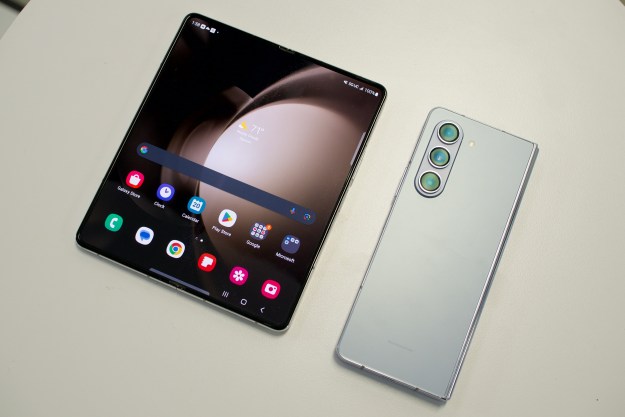TP-Link is mostly known for making networking devices, but the Chinese manufacturer looks to continue to dip its toes into the smartphone business with the Neffos X1 and X1 Max.
Similarities between the two phones begin under the hood, where you will find an octa-core MediaTek P10 chipset. The amount of RAM will depend on which phone and which configuration you opt for — the Neffos X1 will be available in 2GB RAM/16GB and 3GB
Both phones also feature a 76 percent screen-to-body ratio and 5-megapixel selfie camera, with the 13MP main camera with dual-tone LED flash and phase-detection autofocus around back. You will also find a rear-mounted fingerprint sensor, a configuration that is becoming more and more popular on Android phones. Finally, the Neffos X1 and X1 Max run Android Marshmallow out of the box, with no word whether they will receive an update to Nougat.
The differences begin with the displays — the Neffos X1 features a 5-inch, 1,280 x 720 resolution display, whereas the Neffos X1 Max steps things up to a 5.5-inch, 1,920 x 1,080 resolution display. Elsewhere, the Neffos X1 includes a seemingly anemic 2,250mAh battery, with the Neffos X1 Max having enough space for a larger 3,000mAh power pack. According to TP-Link, the Neffos X1 Max’s battery is good enough for a full day of use, and thanks to its fast charging support, it only takes 30 minutes to get to 50 percent.
Overall, for a company that barely has any experience releasing Android phones, TP-Link certainly makes a splash with the Neffos X1 and X1 Max, especially with their price points of 200 ($266) and 250 ($332) British pounds, respectively. The phones will be available during Q4 2016, though TP-Link gave no specifics with regards to region availability.
Editors' Recommendations
- Lenovo enhances ThinkPad X1 line with audio, video, and security updates
- Lenovo’s ThinkPad X1 Titanium Yoga is the thinnest ThinkPad ever made
- Leak reveals the upcoming ThinkPad X1 Nano, a next-generation 5G laptop
- F(x)tec Pro 1, the phone with a full-size keyboard, is available for pre-order

